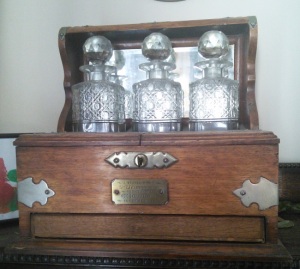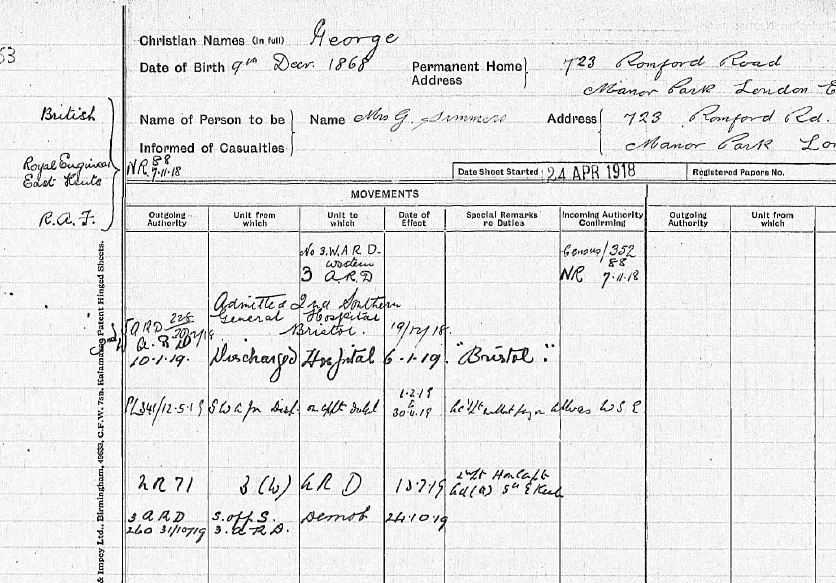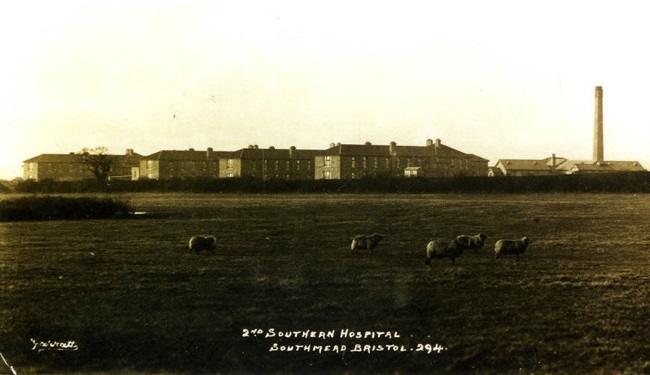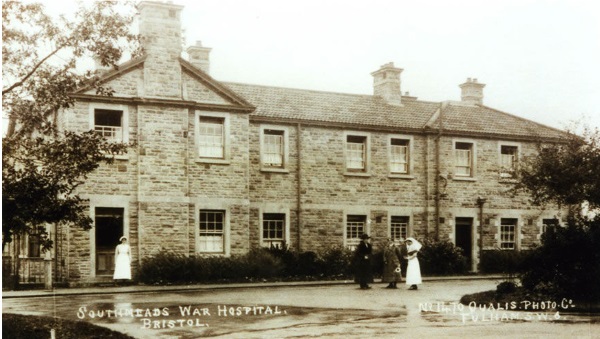Thanks to those who helped clear up the ‘ T.F.’ mystery. I’m more used to reading novels than Army records. Maybe readers could help me a bit more…
I’ll start by telling the story of my grandfather’s Army service, so far as I know it, which isn’t very far, in the hope that someone might elucidate some of the puzzles.
My grandfather’s name was George Simmers. Yes, I was named after him, but that doesn’t make me all that special. During my father’s time at sea he had variously a dog, a cat, a canary and a chameleon, all named George. My sister was almost called Georgina, but my mother put her foot down.
He was born in Aberdeen in1868, son of Jonathan Simmers, a Police Sergeant, and Ann (née Jamieson), who had been a domestic servant before her marriage. He probably left school at twelve, since the 1881 census lists him as ‘messenger’.
By the time he enlisted in the Royal Engineers in 1890 he had acquired a trade; he was a lithographer. While in the Army he passed various classes of instruction in lithography, and was graded ‘superior’. I remember that when I first discovered this some years ago, I puzzled about what a lithographer was doing in the Royal Engineers. Then I realised that much of his service was spent in Hong Kong at the time when the British were mapping the complex harbour. He would have been involved in printing maps and charts.
He seems to have been a good soldier. There are no blots on his record sheet, and he was promoted: Lance-Corporal in 1891; Corporal in 1896; Sergeant in 1900; Quartermaster-Sergeant in 1905. he became a Quartermaster-Iinstructor at the School of Military Engineering.
He left the Army in May 1911, after 21 years service. Here is a picture of the tantalus that he was presented with on his retirement from the Army.
The inscription reads:
A souvenir from
S.M.E. Fieldwork Staff
to Q.M.S. Instructor
G.Simmers
on retirement

He then set up as a stationer and printer in Manor Park, E. 12. He had married Florence Chapman (of Gillingham, Kent, which is near the R.E. Headquarters at Chatham), and my father was born in 1908.
In May 1915 he re-enlisted in the army, joining the East Kent regiment as a private. Does the nine-month wait since the outbreak of war indicate a certain reluctance? This was definitely not a rush to the colours. Perhaps he waited until he was certain that it would be a long war when he would definitely be needed.
He was soon lined up for a commission. There is a big file at the National Archives filled with all the paperwork it took for a man to be discharged as a private and then re-accepted as an officer. A lot of departments had to give their approval.
That was most of what I knew about him until last week. I hadn’t found any details of what he actually did during the war, , when, while waiting for my Arnold Bennett files to be delivered to my cubbyhole at Kew, I idly searched again for my grandfather. I found a computer copy of a document I had not seen before: AIR 76/462/61.
This confused me. Did AIR mean Air Ministry? Was my grandfather connected with the Royal Flying Corps?
The file is somewhat opaque, and sometimes hard to decipher. Here is part of it.
It starts in 24 April 1918 with a transfer (presumably from the East Kents) to 3 W.A.R.D.
W seems to be Western. Is A Air?
In December 1918 he is admitted to 2nd Southern General Hospital, Bristol, but we are not told why. He was there till January 1919.
The 2nd Southern General Hospital was a huge establishment which dealt with a large number of casualties.
I’ve found a suggestion that the hospital was linked to the Territorial Force, which connects with the suggestion that that was what ‘T.F.’ meant in the London Gazette.
After his discharge from hospital there is a line of the record that I cannot decipher.
Any ideas? Does that say ‘Ac Lt without pay’?
A later page of the document shows him before a medical board in June 1919. They passed him Category A, fit for general service – so he must have recovered from whatever kept him in hospital for a month.
He was demobilised in October 1919. He went back to his printers and stationers’ business in Manor Park, and died in 1928, seventeen years before I was born.
I don’t remember my father saying very much about him. (I think that both he and his wife were absentee parents; my father was mostly brought up by his grandmother in Gillingham.) We used to have one photo of him, looking like a stern paterfamilias, but I’m not sure what happened to it.
If you’d care to see the whole document, click here.
All suggestions and interpretations will be very welcome.







9 Comments
My grandfather John Henry Stemp had an AIR record as a trainee officer cadet, and he did some of his flying training at Bristol. He told me once that he was admitted to hospital in October 1918 with the flu “and by the time I came round they’d signed the Armistice” (as he was only 18 at the time and the flu tended to wipe out the young and fit, he was lucky). I suspect your grandfather may also have gone down with that third and most virulent wave of flu.
Thanks, Jane. That makes a lot of sense.
George, there appears to be a 404 (not found) error when clicking on the link to the full file.
Thanks for pointing this out. Sorted now, I hope.
George, You will see clearly in LH margin RAF, so that explains AIR files. As for ARD, I am unsure. Could be anything from Records Dept to Research and Development (given his engineering background, quite possibleand Britsol was major centre at Filton for testing etc). Suggest you post on the Great war Forum where they know everything. Cross & Cockade also has a flying forum, but GWF will do the job
I’m going to posit that A.R.D. refers to an aircraft repair depot. There is a reference to the 3rd Western A.R.D. (which also appears in your grandfather’s service record) in “The Birth of the Royal Air Force”:
https://books.google.com/books?id=PcY7BAAAQBAJ&lpg=PA257&ots=G4JWuLAf9U&dq=%22western%20aircraft%20repair%20depot%22&pg=PA257#v=onepage&q=%22western%20aircraft%20repair%20depot%22&f=false
Thanks! This seems to be the answer.
It seems that 3 Western Aircraft Repair Depot was at Yate in Gloucestershire.
There is a note on one page that he was posted “for quartermaster duties”, which makes sense given his earlier background. An aircraft repair depot would obviously have a large inventory of spares and tools to control.
Royal Engineers are still responsible for field survey and army map making, and historically had very close ties with the Ordnance Survey
Yes, this is now coming together as a fairly complete picture of his activities.
Now I need to find a document that records what he was doing between 1915 and 1918.
One Trackback/Pingback
[…] via My grandfather — Great War Fiction […]